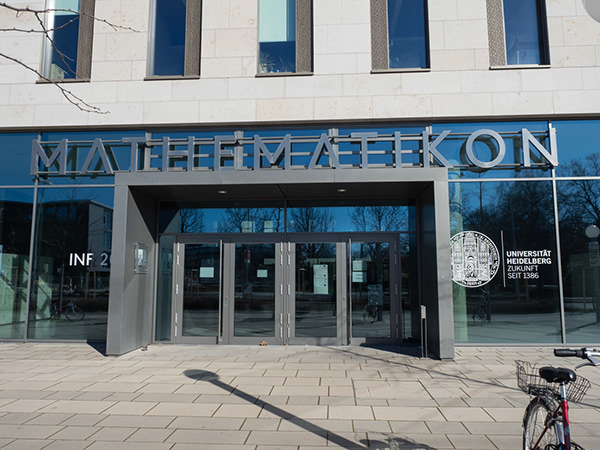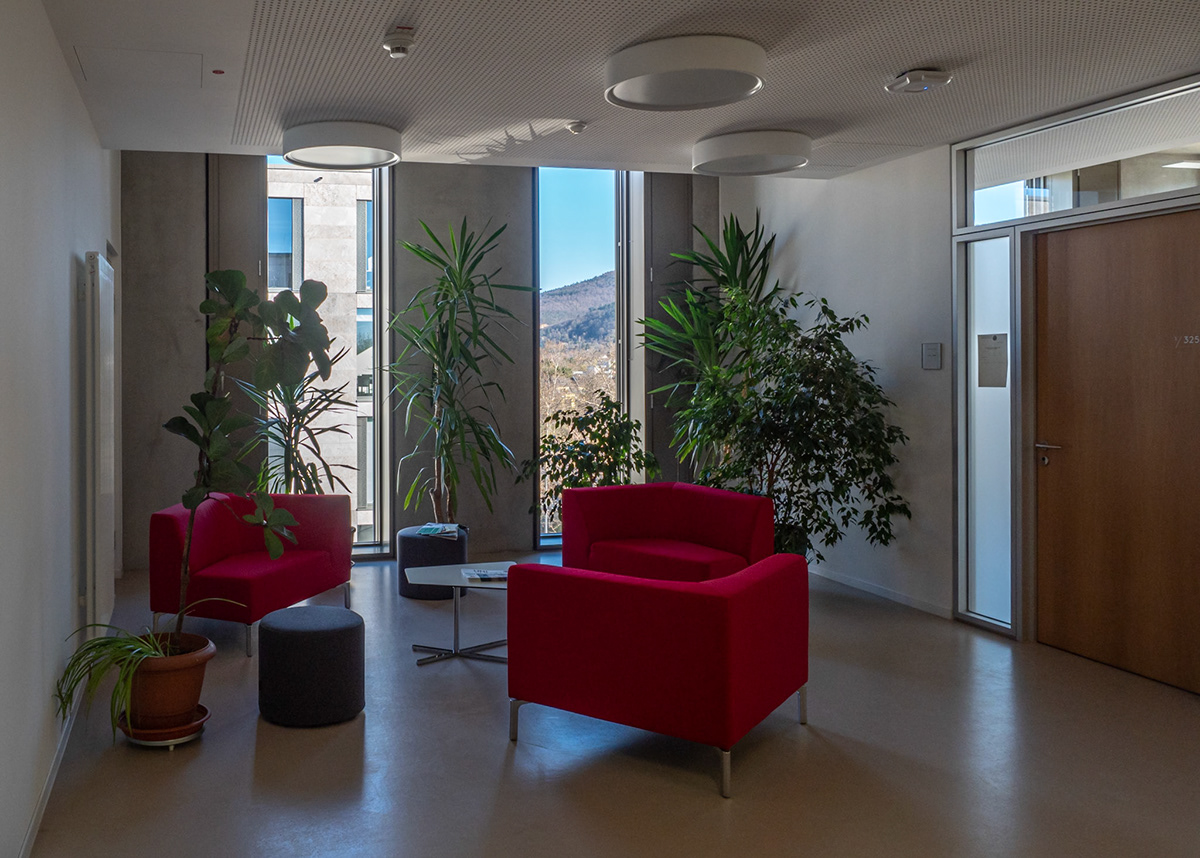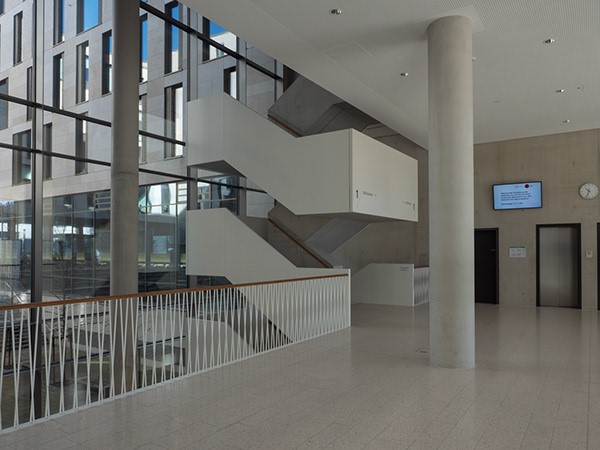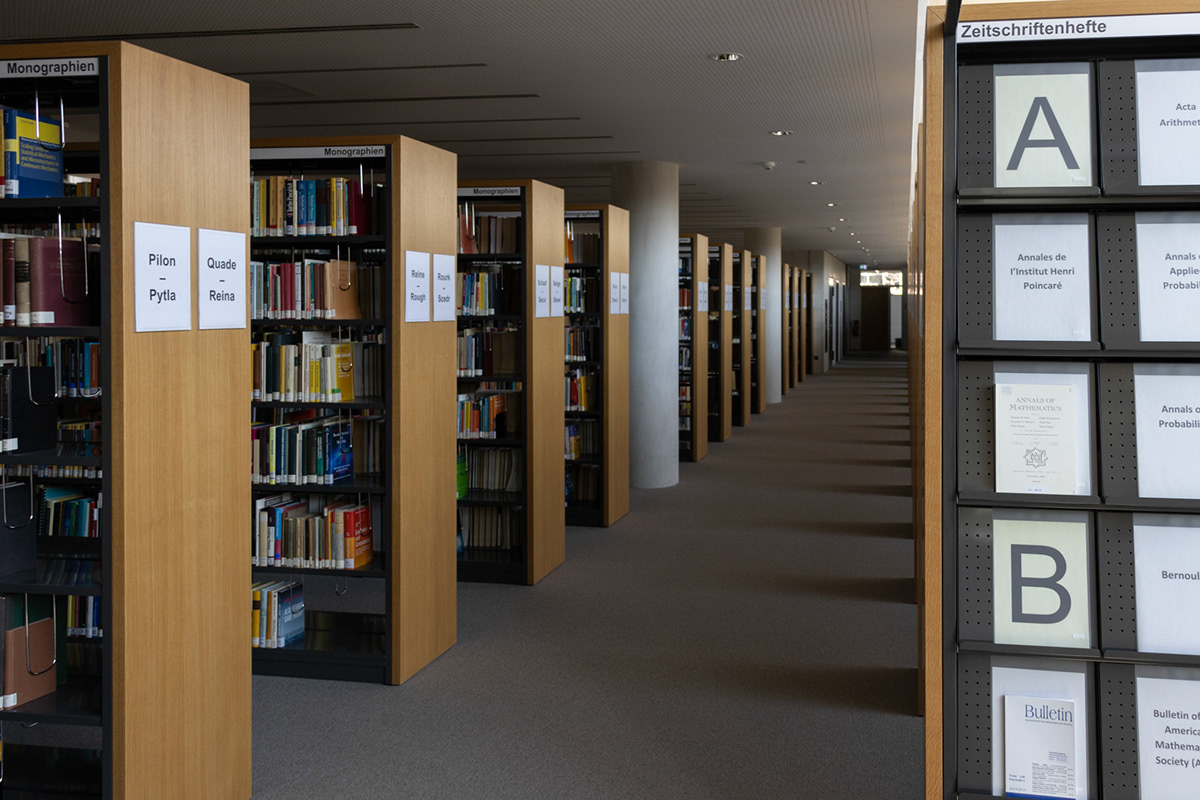E-learning
The importance of e-learning offers in university teaching has increased significantly in recent years and in particular since the corona pandemic. The Faculty of Mathematics and Computer Science attaches great importance to e-learning and consequently participates actively in the further development of formats and platforms. We are also very interested in the discourse with students on the subject of e-learning. In spring 2020, a much noticed hackathon took place for the students on this topic, the E-Learning-Challenge. The knowledge gained there by the students has strongly influenced the handling and use of e-learning at the faculty.
The E-Learning-Challenge

With the onset of the Corona pandemic in spring 2020, e-learning came to the fore at universities worldwide, as many locations - such as Heidelberg - suddenly had to offer all courses digitally. To help lecturers less experienced in this topic get off to a good start with their digital courses, the E-Learning Challenge in the form of a hackathon therefore took place from 30. 3. to 3. 4. 2020 in collaboration between the faculty, the Faculty of Physics and Astronomy, and - most significantly - with our students. The goal of the hackathon was to investigate not only the e-learning tools offered by the faculty and the university, but also a variety of commercial e-learning tools with regard to concrete application scenarios, to find practical solutions to probable problems, and to finally communicate this knowledge widely. The e-learning offering at Heidelberg University includes:
- The Moodle e-learning platform as the central learning platform of Heidelberg University. It forms the interface for digital teaching and enables teachers to set up virtual course rooms to support courses, promote interactions between participants and link them to video conferences. The platform enables both materials and information to be clearly organized and students to be actively involved in the learning experience. Self-tests, forum discussions, wikis or glossaries can be used in Moodle for this purpose.
- For digital live events as well as meetings, the university makes the BigBlueButton-based communication platforms heiCONF and heiCONF audimax available. These are identical in their basic technology, but optimized for different application scenarios: heiCONF is designed for interactive meetings with up to 50 participants, whereas heiCONF audimax is used for frontal event formats with up to 200 participants. The system's capabilities include video and audio conferencing, chats, screen sharing and presentations, as well as a shared digital whiteboard.
- The heiBOX cloud storage service provides all employees and all students with storage space for synchronizing, sharing, publishing and jointly editing files.
- The instant messager heiCHAT offers an instant messaging service for text messages, audio and video chat within Heidelberg University.
The E-Learning-Challenge was a great success. The digital teaching and learning concepts developed there have enabled the comprehensive entry into intensive e-learning and have since formed the foundation of our digital teaching strategy. The e-learning challenge was visible far beyond the faculty's borders and the organizers, Ullrich Köthe and Denis Vogel, were awarded the university's prize for digital teaching.
The Hypermedia Platform MaMpf

The mathematical media platform MaMpf is a cloud-based e-learning platform, and has been developed since 2017 under the leadership of Denis Vogel at the Faculty of Mathematics and Computer Science. MaMpf consistently implements the concept of a hypermedia system and thus offers a procedural space of experience: users can navigate within a network structure of interlinked content and terms. This goes beyond classic e-learning platforms, which only make learning materials accessible to learners. On the one hand, this enables students to learn independently, and on the other hand, hybrid learning spaces are created in the interplay between physical lecture, recording and linked additional materials, in which the factual level of the mathematical content can be brought into harmony with the personal ideas of the students.
The database system used in MaMpf allows lecturers to easily mark mathematical terms and statements, videos and manuscripts and to create links between them both within a lecture and across lectures. This creates a network of expert-generated semantic paths that enable students to develop individualized learning approaches and support them in building global coherence. The MaMpf user interface is designed for navigation within this network while taking organizational structures into account. In addition, MaMpf can extract dynamic, useful visualizations from the stored data: For example, MaMpf assigns a hyper-mind map of related terms to each mathematical term and alternatively enables graphical navigation between them.
The hypermedia player and editor integrated in MaMpf makes it possible to display the detailed breakdown of mathematical chains of arguments into definitions, sentences and proofs in mathematical videos such as lecture recordings. In addition, references to any videos or manuscripts from the database can be made at precise times or pages. In particular, the lecturers can place aids to understanding exactly where they are most helpful. Worked example videos, quizzes or refresher videos are prototypical for the support offered in MaMpf. The aim here is to strengthen local coherence building.
Currently (as of July 2021) around 4,000 users are registered on MaMpf, mostly students of mathematics, physics, computer science or computational linguistics. There are materials for 75 courses from 10 different courses of study, in particular lecture hypervideos amounting to several thousand hours, more than 150 worked example videos and over 3000 quiz questions. You can now navigate through this using more than 2500 terms.
Contact Persons

Interdisciplinary Center for Scientific Computing (IWR)







